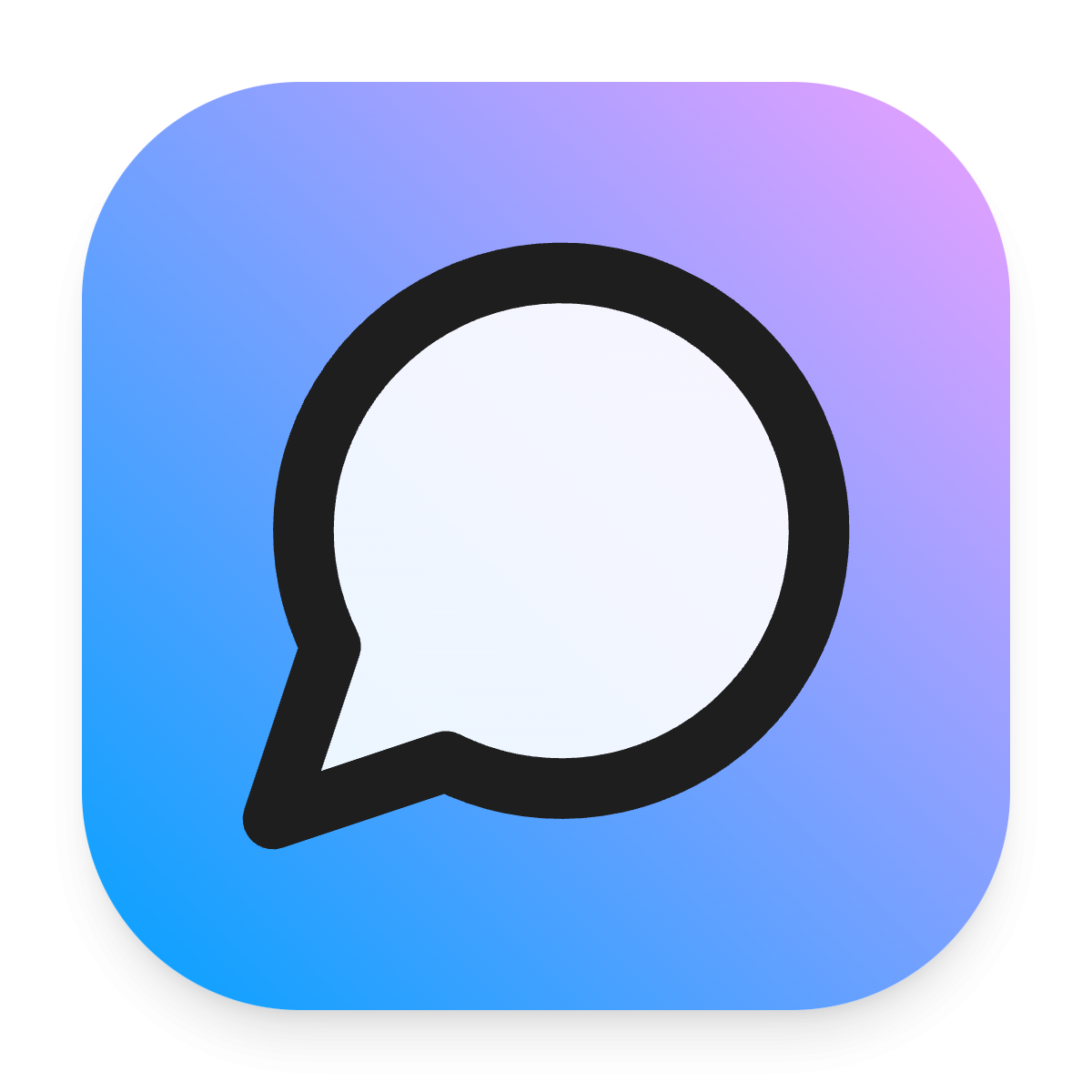The Role of Feedback in SaaS Development: Why It’s Critical for Success Written on . Posted in Feedback.

In the fast-paced world of SaaS development, customer feedback is more than just a suggestion—it’s a roadmap to building a successful product. Listening to your users allows you to identify areas of improvement, discover new features, and ensure that your product stays relevant in an ever-changing market. In this blog, we’ll explore why feedback plays a pivotal role in the SaaS development process and how you can effectively integrate it to drive success.

1. Guiding Product Development with Real User Insights
Building a SaaS product involves making countless decisions about features, functionality, and design. While internal expertise and vision are important, the most valuable input often comes from your users. By collecting feedback from actual customers, you gain real-world insights into how your product is being used, what features are most valuable, and where users are facing challenges.
For instance, you may have developed a feature that you think is game-changing, but if users are struggling to use it or don’t see its value, the feedback will reveal this discrepancy. Adjusting your development priorities based on user feedback ensures that your SaaS product evolves in a way that aligns with customer needs.
Key Actions:
- Use tools like Feedmio to gather feedback directly from users.
- Regularly review feedback to identify common themes and pain points.
- Prioritize development based on what will deliver the most value to users.
2. Building a Customer-Centric Product
One of the key differentiators between successful SaaS companies and their competitors is their ability to build a product that truly serves their customers. Collecting feedback at every stage of the product development cycle helps you create a customer-centric solution that addresses real needs rather than hypothetical ones.
Involving your users in the development process also fosters a sense of ownership and loyalty. When customers feel heard and see that their feedback leads to tangible improvements, they are more likely to become long-term advocates for your product.
Key Actions:
- Create feedback loops where users can suggest features or improvements.
- Implement a voting system where users can prioritize new features.
- Share product roadmaps and updates to show how feedback is shaping development.
3. Identifying Bugs and Usability Issues Early
No matter how thorough your testing is, real users often encounter bugs or usability issues that slip through the cracks during development. By collecting feedback, you can quickly identify and resolve these issues before they become major obstacles for your customers. This proactive approach minimizes churn and ensures a smoother user experience.
Regularly soliciting feedback through pop-ups, in-app forms, or email surveys makes it easier for users to report bugs. With a structured system in place, such as Feedmio, feedback is categorized and directed to the appropriate team members, ensuring that issues are addressed swiftly.
Key Actions:
- Prompt users to report bugs or issues directly through your SaaS platform.
- Create dedicated channels for feedback related to usability and functionality.
- Implement a system for tracking and prioritizing bug fixes.
4. Fueling Feature Development and Innovation
User feedback can be a powerful source of innovation. While your team may have a clear idea of where the product should go, your users might suggest features or use cases that you haven’t considered. This external perspective can spark new ideas, drive feature innovation, and set your product apart from competitors.
Feedback-driven feature development ensures that you’re investing resources in areas that will have the greatest impact. Instead of building features based on assumptions, you can focus on the functionalities that will actually enhance user experience and satisfaction.
Key Actions:
- Use feedback to validate new feature ideas before investing in development.
- Collect user stories and testimonials to understand the real-world value of proposed features.
- Involve users in beta testing new features and gather feedback to refine them.
5. Improving Customer Retention and Loyalty
Customers are more likely to stay loyal to a product that evolves with their needs. By consistently collecting and acting on feedback, you show users that their opinions matter and that your product is designed to meet their specific requirements. This leads to higher customer retention and long-term loyalty, both of which are crucial for SaaS businesses with recurring revenue models.
Feedback not only helps you retain existing customers but also boosts your reputation. Satisfied users are more likely to recommend your product to others, contributing to organic growth through word-of-mouth referrals.
Key Actions:
- Actively engage with users who provide feedback and thank them for their input.
- Keep users informed about how their feedback has influenced product changes.
- Implement loyalty programs or offer incentives for customers who regularly share feedback.

Conclusion
In SaaS development, feedback is the cornerstone of creating a successful, customer-centric product. It guides product development, helps identify bugs, drives innovation, and builds long-term customer loyalty. With tools like Feedmio, collecting and managing feedback becomes an integral part of your development process, allowing you to refine your product continuously and keep users at the heart of every decision.
Start making feedback a priority in your SaaS development strategy today, and watch how it transforms your product and strengthens your customer relationships.
